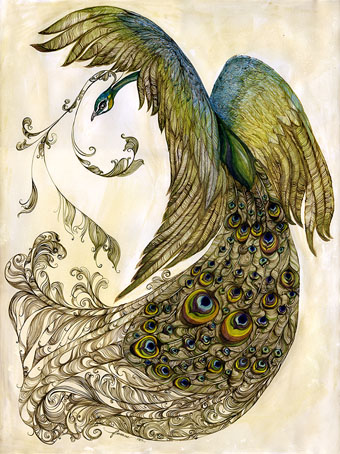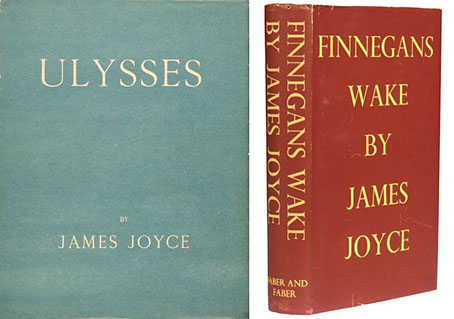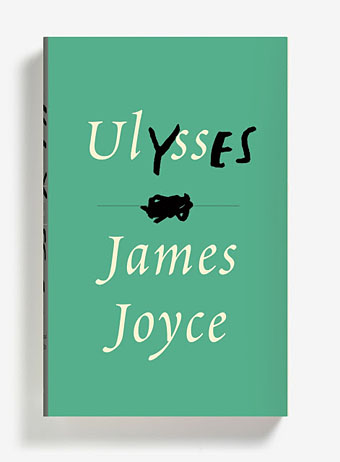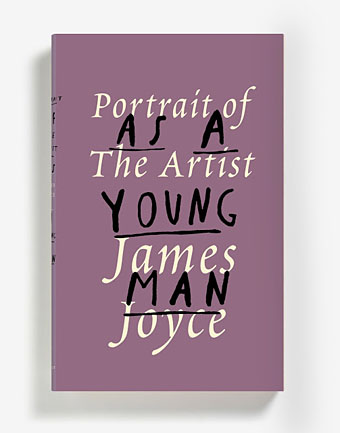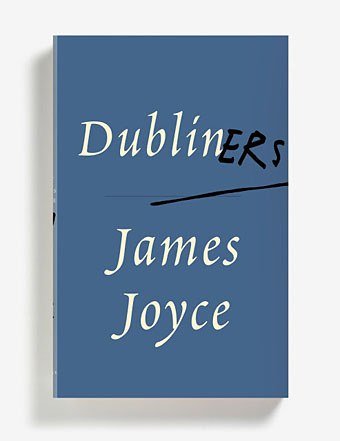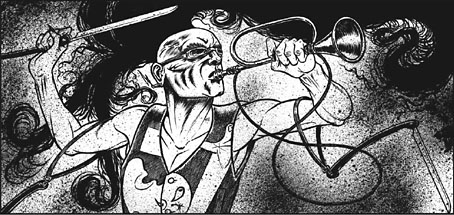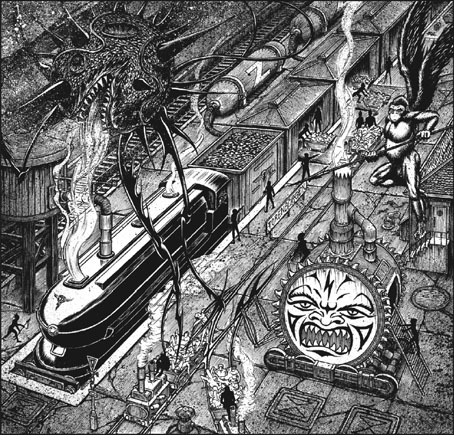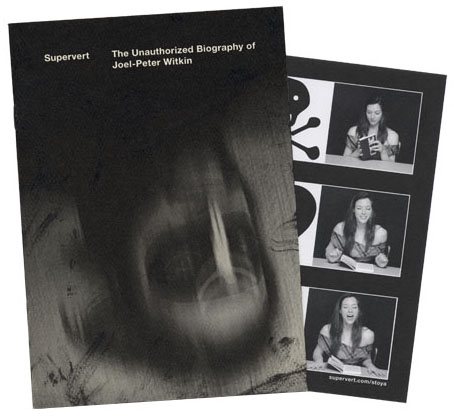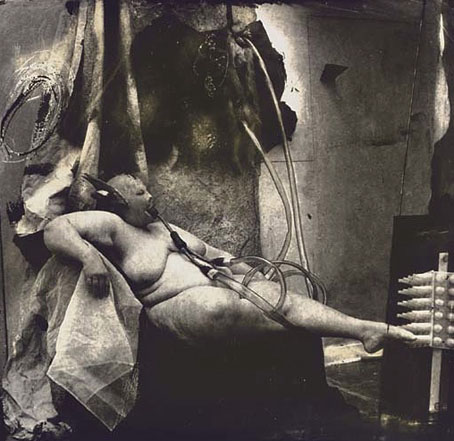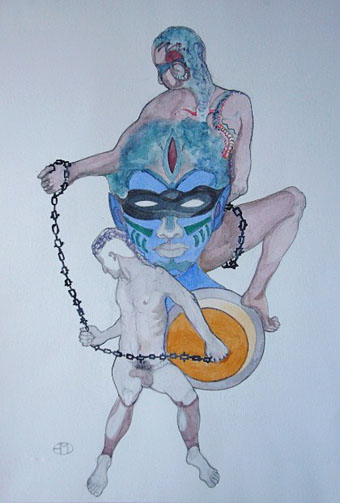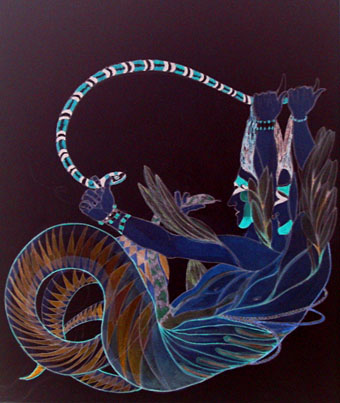One of A Pair of Peacocks (2012) by Feanne.
• Jonathan Barnbrook reveals his package design for the new David Bowie CD. The Barnbrook studio has also designed the catalogue for the forthcoming V&A Bowie exhibition. And there’s more (don’t worry, it’ll be over soon): Jon Savage on When Bowie met Burroughs.
• “Witches have a fashion moment,” says the NYT. Nice clothes but the writing trots out too many of the usual lazy clichés. Related: A Tale of Witches, Woodland and Half-remembered Melodies…, a new mix by Melmoth the Wanderer.
• Calidostópia! is a free album (FLAC & mp3) from Marcus Popp aka Oval: “an enticing 16-track collaboration…with seven wonderful singers/musicians from all over South America”.
Before meeting Moorcock in person, [Hari] Kunzru went on to say, ‘I didn’t realise the role he’d played in connecting so many different scenes and undergrounds together – the psychedelic music scene, the science fiction scene, the hip experimental literature scene around people like William Burroughs, pop art’.
Brave New Worlds: A Michael Moorcock Retrospective by Carol Huston. Moorcock’s Elric novels will be published by Glénat in new bande dessinée adaptations later this year.
• More art by Michael W. Kaluta at The Golden Age. And more fantastic comics/illustration by Philippe Caza at 50 Watts. There’s more Caza here.
• Mine and David Britton’s new book, Lord Horror: Reverbstorm, was reviewed at The Spectator.
• Google Street Scene: “Moments of cinema captured by Google Street View cameras”.
• Cosmic Sentinels and Spiral Jetties: JG Ballard, Robert Smithson & Tacita Dean
• Strange Flowers showcases the heads of Pavel Tchelitchew, 1949–1952.
• Setting in the East: Diamanda Galás on Women and Real Horror
• Little Joe: “A magazine about queers and cinema, mostly.”
• Nanoparticles loaded with bee venom kill HIV.
• Treatises on Dust: Antic Found Texts
• The Wizard Blew His Horn (1975) by Hawkwind (with Michael Moorcock) | Brothel In Rosenstrasse (1982) by Michael Moorcock’s Deep Fix | Running Through The Back Brain (1983) by Hawkwind (with Michael Moorcock)

